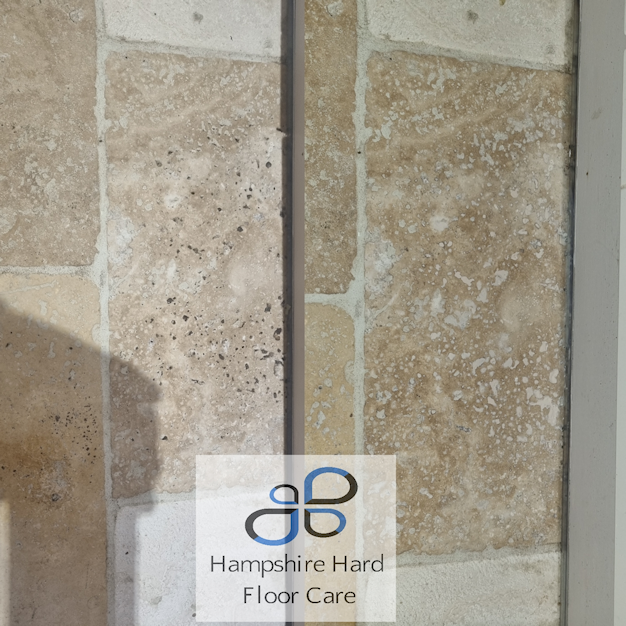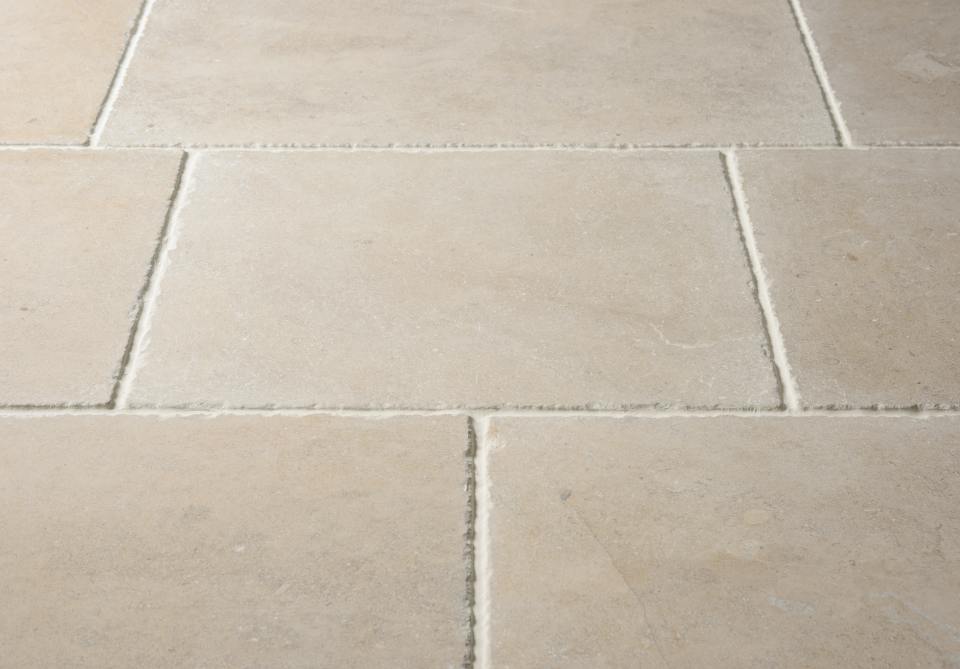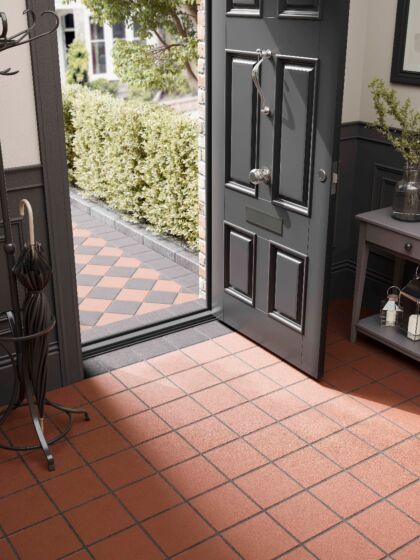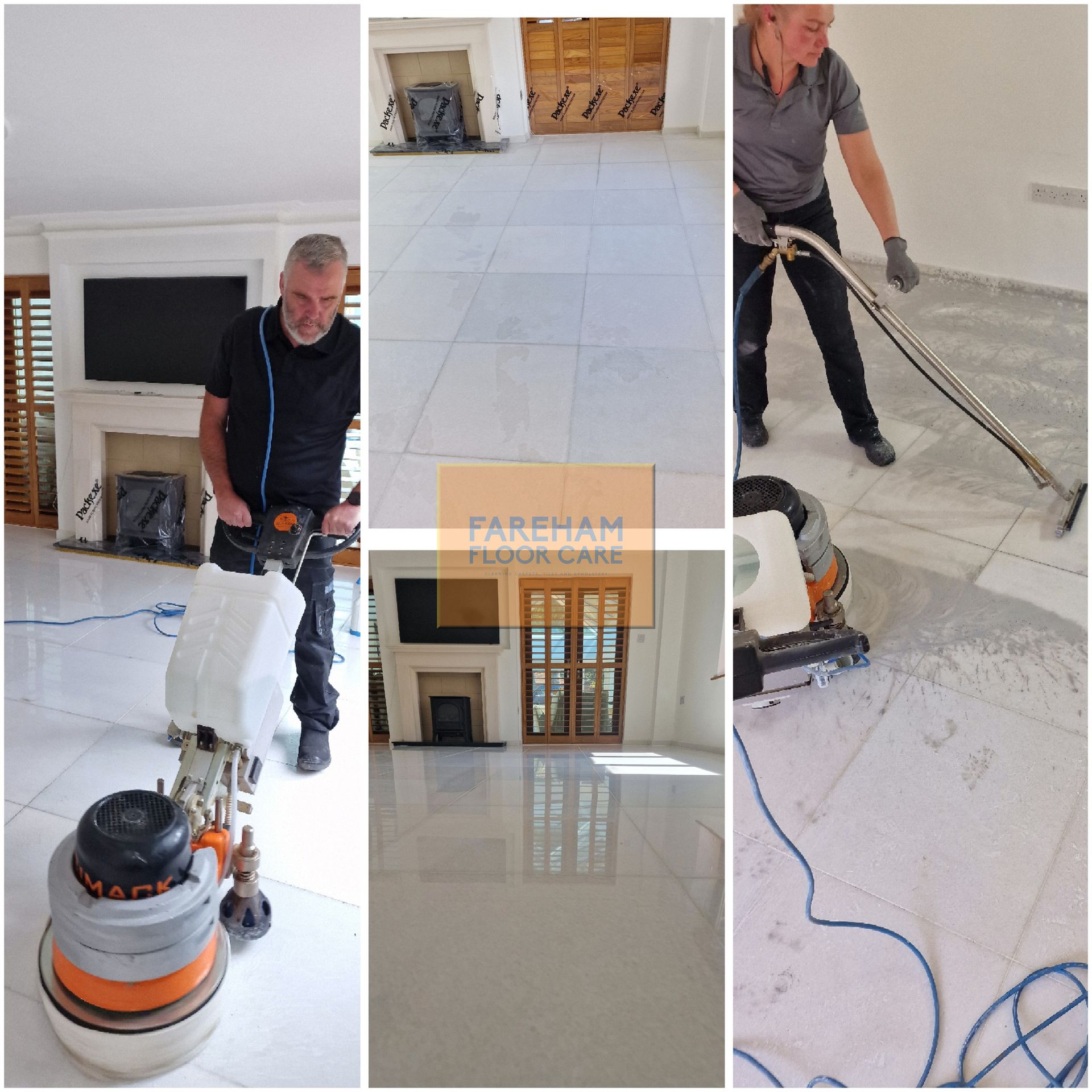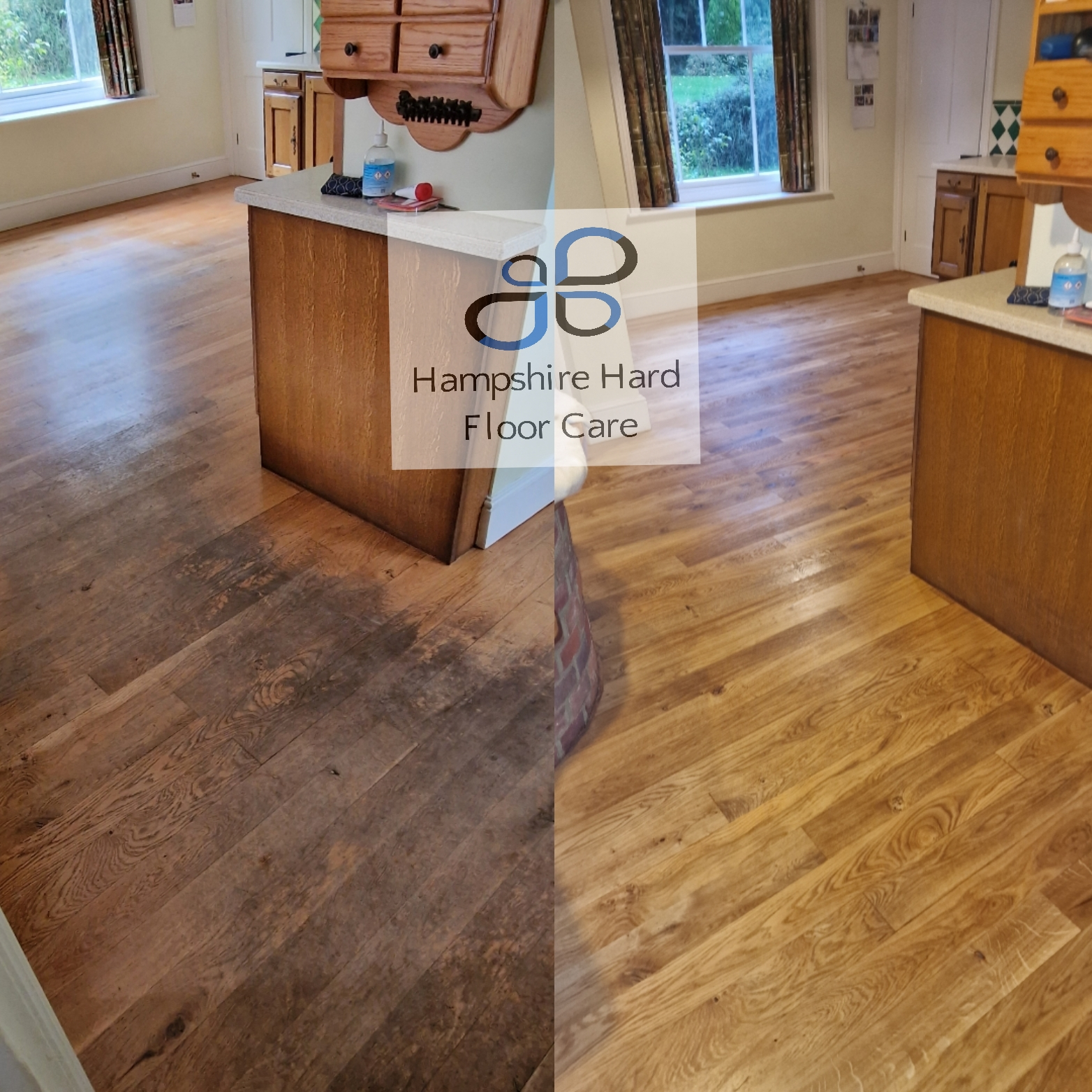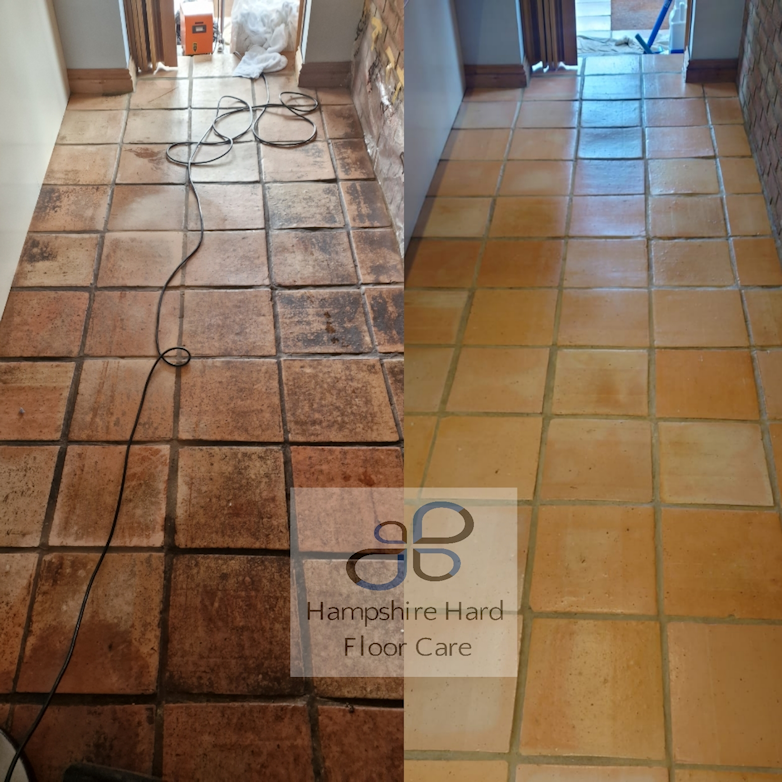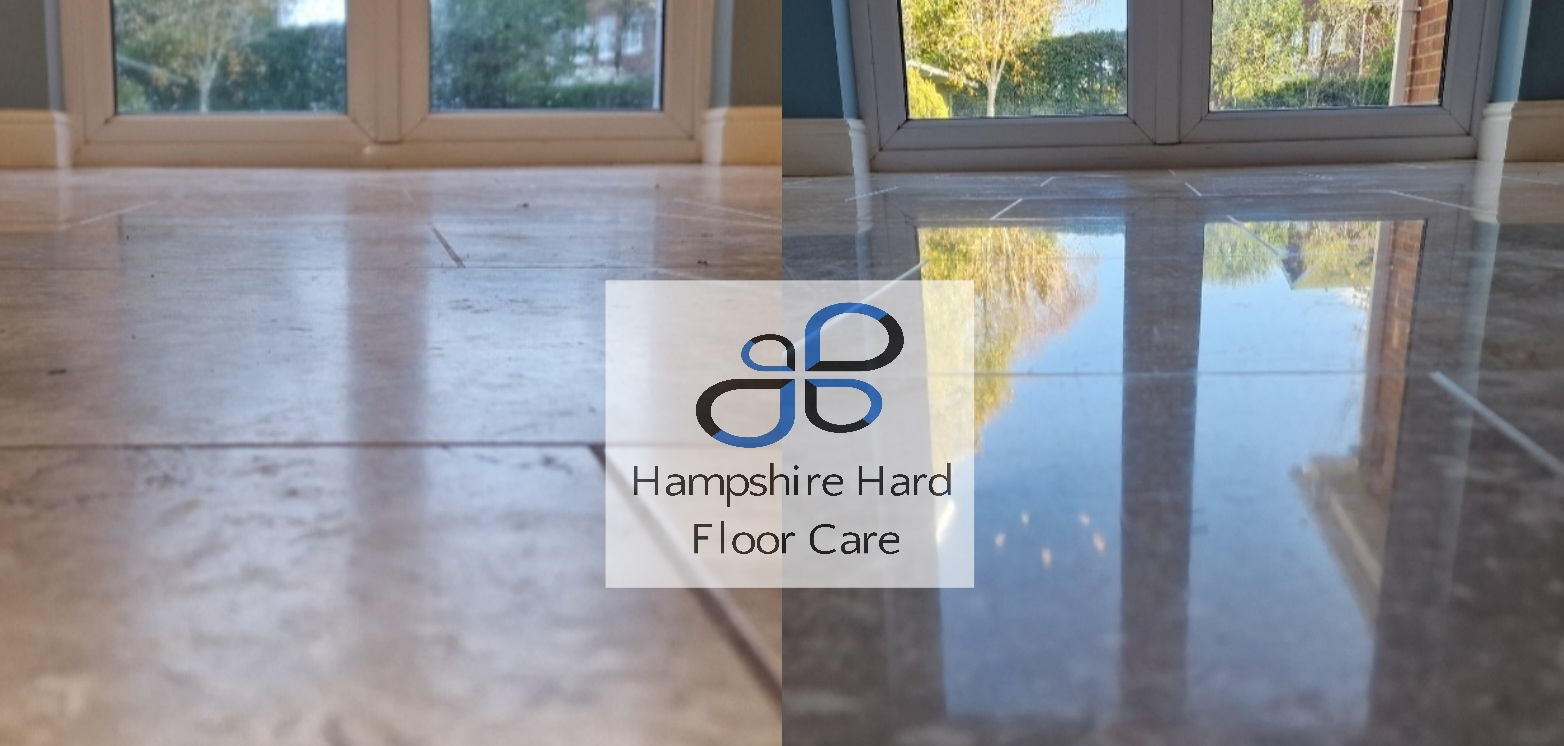Limestone vs Travertine: What Every Homeowner Needs to Know!
Highlight the main similarities and difference between Limestone and Travertine
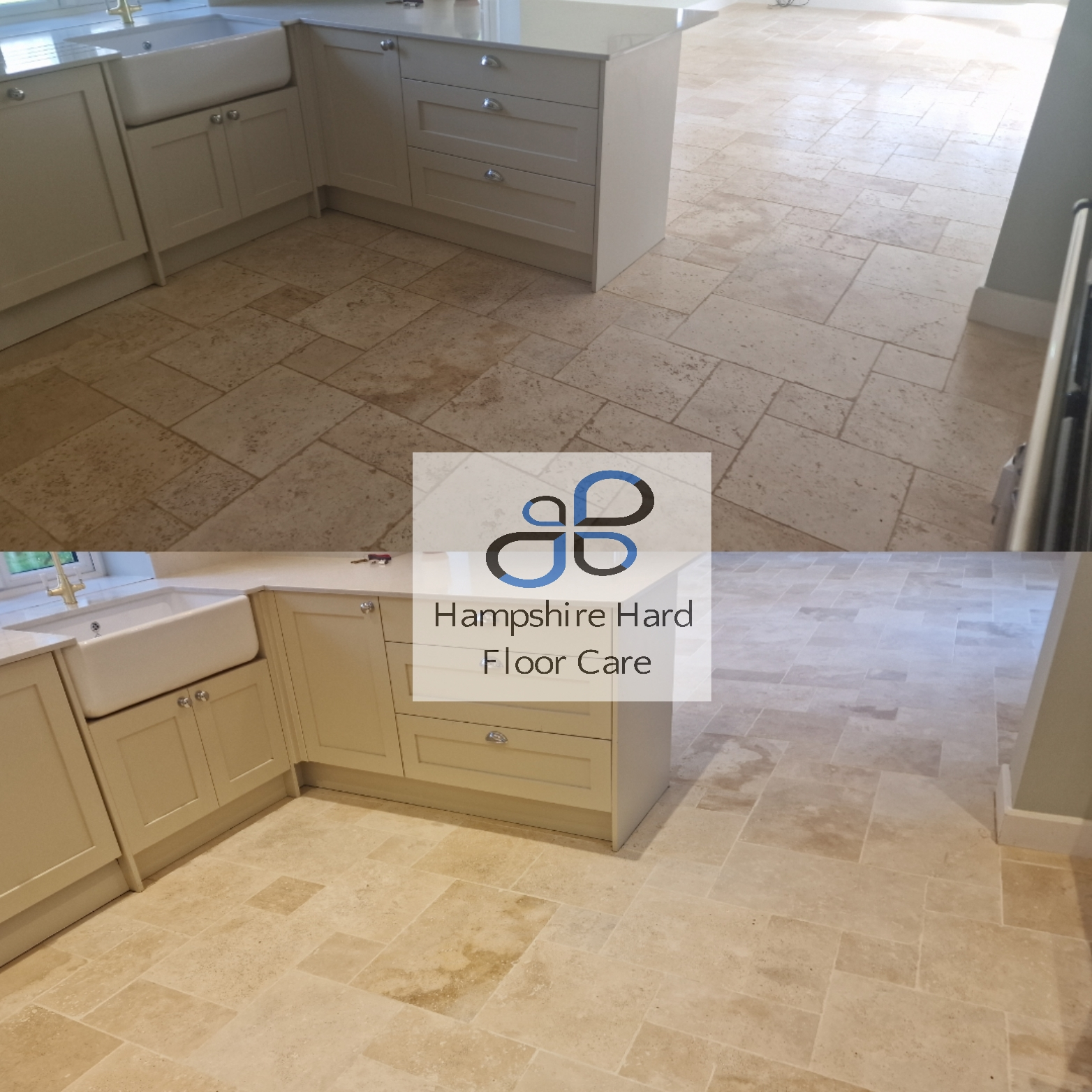
When it comes to choosing the right stone for your home, understanding the differences between limestone and travertine is key! These natural stones offer distinct qualities and aesthetics, making each one suitable for various applications around the house. Limestone, known for its classic beauty and durability, can be a fabulous choice for both indoor and outdoor settings. On the other hand, travertine brings an elegant touch with its unique textures and colour variations, perfect for creating a warm and inviting atmosphere. In this post, we'll explore the ins and outs of these popular stones, helping you make the best decision for your home improvement projects. Stay tuned for expert tips and insights! #HomeImprovement #NaturalStone## Understanding Limestone and Travertine
Before we dive into the specifics of limestone and travertine, let's explore their basic composition, common uses in homes, and the major visual differences between these two popular natural stones.
Basic Composition and Formation
Limestone and travertine are both calcium carbonate-based stones, but their formation processes differ significantly.
Limestone is a sedimentary rock formed over millions of years from the accumulation of marine organisms and minerals. It's composed primarily of calcite and aragonite, which give it its characteristic appearance and properties.
Travertine, on the other hand, is a type of limestone that forms near mineral springs. It's created when calcium carbonate precipitates out of solution, often resulting in a more porous structure compared to traditional limestone.
Both stones have unique qualities that make them popular choices for home design and construction projects.
Common Uses in Homes
Limestone and travertine are versatile materials that can be used in various applications throughout the home.
Limestone is often used for flooring, countertops, and wall cladding. Its durability and classic appearance make it a popular choice for both interior and exterior applications.
Travertine is frequently used in bathrooms, kitchens, and outdoor spaces. Its natural slip-resistant surface makes it an excellent option for wet areas, while its warm tones create a welcoming atmosphere in living spaces.
Both stones can be used for decorative elements such as fireplace surrounds, columns, and architectural details, adding a touch of elegance to any room.
Major Visual Differences
While both limestone and travertine are beautiful natural stones, they have distinct visual characteristics that set them apart.
Limestone typically has a more uniform appearance with subtle variations in colour and texture. It can range from light beige to dark grey, with some varieties featuring visible fossils or shell fragments.
Travertine, in contrast, often displays a more varied appearance with pronounced veining and a honeycomb-like structure. It comes in warm earth tones, including beige, tan, and rust colours, giving it a rustic and inviting look.
The surface texture of limestone is generally smoother, while travertine has a more pitted and textured surface, which can be filled or left natural depending on the desired aesthetic.
Pros and Cons of Limestone
Let's explore the advantages and disadvantages of using limestone in your home, focusing on its durability, maintenance requirements, cost considerations, and aesthetic appeal.
Durability and Maintenance
Limestone is a durable natural stone that can withstand everyday wear and tear when properly maintained.
One of the main advantages of limestone is its strength and longevity. When sealed correctly, it can resist staining and etching, making it suitable for high-traffic areas in your home.
However, limestone is more porous than some other natural stones, which means it requires regular sealing to maintain its appearance and protect it from damage. Routine cleaning and maintenance are essential to keep limestone looking its best and prevent staining or etching from acidic substances.
Despite its durability, limestone can be susceptible to scratching and chipping, so care should be taken when moving heavy objects or using sharp utensils on limestone surfaces.
Cost Considerations
The cost of limestone can vary depending on factors such as quality, origin, and finish.
Generally, limestone is considered a mid-range option when compared to other natural stones. It's often more affordable than marble but may be pricier than some types of granite or travertine.
Installation costs for limestone can be higher than some other materials due to its weight and the skill required to work with it. However, its longevity and timeless appeal can make it a cost-effective choice in the long run.
It's important to factor in ongoing maintenance costs, including regular sealing and professional cleaning, when considering the overall expense of limestone.
Aesthetic Appeal
Limestone offers a classic and timeless aesthetic that can complement a wide range of interior design styles.
Its neutral colour palette, ranging from light beige to dark grey, makes it versatile and easy to incorporate into various colour schemes. The subtle variations in tone and texture add depth and interest to surfaces without overwhelming the space.
Limestone's natural, earthy appearance can create a sense of warmth and sophistication in both traditional and contemporary settings. Its smooth surface and uniform look make it an excellent choice for those who prefer a more understated elegance.
The ability to choose from different finishes, such as polished, honed, or brushed, allows homeowners to customise the look of their limestone surfaces to suit their personal taste and the specific requirements of each space.
Pros and Cons of Travertine
Now, let's examine the advantages and disadvantages of using travertine in your home, focusing on its durability, maintenance needs, cost considerations, and aesthetic appeal.
Durability and Maintenance
Travertine is a durable stone that can last for many years when properly cared for and maintained.
One of the main advantages of travertine is its natural resistance to extreme temperatures, making it suitable for both indoor and outdoor applications. Its porous structure also provides good slip resistance, especially in wet areas.
However, this porosity also means that travertine requires regular sealing to protect it from stains and etching. The natural holes in travertine can collect dirt and debris, necessitating more frequent cleaning compared to some other stone types.
While travertine is generally durable, it can be susceptible to scratching and etching from acidic substances. Regular maintenance and prompt cleaning of spills are essential to keep travertine looking its best.
Cost Considerations
The cost of travertine can vary depending on factors such as quality, finish, and origin.
Travertine is often considered a more affordable option compared to some other natural stones like marble or high-end granite. Its wide availability and variety of grades make it accessible to different budget ranges.
Installation costs for travertine can be comparable to other natural stones, but the filling and sealing process may add to the overall expense. It's important to factor in these additional steps when budgeting for a travertine project.
Long-term maintenance costs should also be considered, including regular sealing and potential repairs or refinishing to address wear and tear over time.
Aesthetic Appeal
Travertine offers a unique and charming aesthetic that can add character and warmth to any space.
Its natural variations in colour and texture create a rustic, old-world charm that's particularly well-suited to Mediterranean or traditional design styles. The warm earth tones of travertine can range from light ivory to rich golden hues, adding depth and interest to surfaces.
The distinctive pitted surface of travertine can be left natural for a more textured look or filled for a smoother finish, allowing homeowners to customise the appearance to suit their preferences.
Travertine's ability to age gracefully, developing a natural patina over time, is often seen as a desirable characteristic that adds to its charm and character.
Making the Right Choice
Choosing between limestone and travertine can be a challenging decision. Let's explore some key factors to consider, hear from satisfied customers, and get expert recommendations to help you make the best choice for your home.
Factors to Consider
When deciding between limestone and travertine, there are several important factors to keep in mind.
First, consider the location and intended use of the stone. Limestone may be better suited for areas with less moisture exposure, while travertine's slip-resistant surface makes it ideal for bathrooms and outdoor spaces.
Think about your lifestyle and maintenance preferences. Both stones require regular care, but travertine may need more frequent cleaning due to its porous nature.
Consider the overall style of your home and which stone would complement it best. Limestone offers a more uniform, classic look, while travertine provides a rustic, textured appearance.
Lastly, factor in your budget, including both initial costs and long-term maintenance expenses, to ensure you're making a financially sound decision.
Customer Testimonials
"We chose limestone for our kitchen countertops, and we couldn't be happier. The smooth surface is easy to clean, and the neutral colour complements our cabinets perfectly." - Sarah, homeowner
"Travertine was the perfect choice for our outdoor patio. It stays cool underfoot even in the hot sun, and the natural variations in colour add so much character to the space." - Mark, property manager
These testimonials highlight the versatility and appeal of both limestone and travertine in different settings.
Expert Recommendations
Stone industry experts suggest considering the following when choosing between limestone and travertine:
- For high-traffic areas or spaces prone to spills, opt for a denser, less porous limestone.
- If you're looking for a slip-resistant surface for outdoor areas or bathrooms, travertine may be the better choice.
- Consider the overall maintenance requirements and choose the stone that best fits your lifestyle and willingness to perform regular upkeep.
- For a more uniform, contemporary look, limestone is often recommended, while travertine is suggested for those seeking a more rustic, textured appearance.
Ultimately, the right choice depends on your specific needs, preferences, and the unique characteristics of your space.
Caring for Your Stone Surfaces
Proper care and maintenance are essential for preserving the beauty and longevity of your limestone or travertine surfaces. Let's explore some routine cleaning tips, methods for preventing damage, and options for repair and restoration.
Routine Cleaning Tips
Keeping your limestone or travertine surfaces clean is crucial for maintaining their appearance and preventing damage.
For daily cleaning, use a soft, dry microfibre cloth or a dust mop to remove loose dirt and debris. This prevents scratching of the surface during more thorough cleaning.
When needed, use a pH-neutral cleaner specifically designed for natural stone. Avoid acidic or abrasive cleaners, as these can damage the stone's surface.
For stubborn stains, create a paste using baking soda and water. Apply it to the stain, let it sit for a few minutes, then gently scrub with a soft brush before rinsing thoroughly.
Always dry the surface completely after cleaning to prevent water spots and mineral deposits from forming.
Preventing Damage
Taking preventive measures can help protect your limestone or travertine surfaces from damage and extend their lifespan.
Use coasters under glasses and place mats under hot dishes to prevent etching and heat damage. In kitchens, consider using cutting boards to protect countertops from scratches.
Apply a high-quality sealer to your stone surfaces as recommended by the manufacturer. This helps repel stains and makes cleaning easier.
Place rugs or mats in high-traffic areas to minimise wear and tear on stone flooring. Use felt pads under furniture legs to prevent scratching when moving items.
Clean up spills immediately, especially acidic substances like wine or citrus juices, to prevent etching of the stone surface.
Repair and Restoration Options
Despite best efforts, stone surfaces may sometimes require repair or restoration. Here are some options to consider:
For minor scratches or etching, try using a stone polishing powder or compound designed for your specific type of stone. Follow the manufacturer's instructions carefully.
Deep stains or more significant damage may require professional intervention. Stone restoration experts can use specialised techniques to remove stains, repair chips, and refinish the surface.
In some cases, it may be necessary to replace individual tiles or sections of stone. This is often best left to professionals to ensure a seamless match with the existing surface.
Regular professional maintenance, such as deep cleaning and resealing, can help prevent the need for more extensive repairs and keep your stone surfaces looking their best for years to come.
